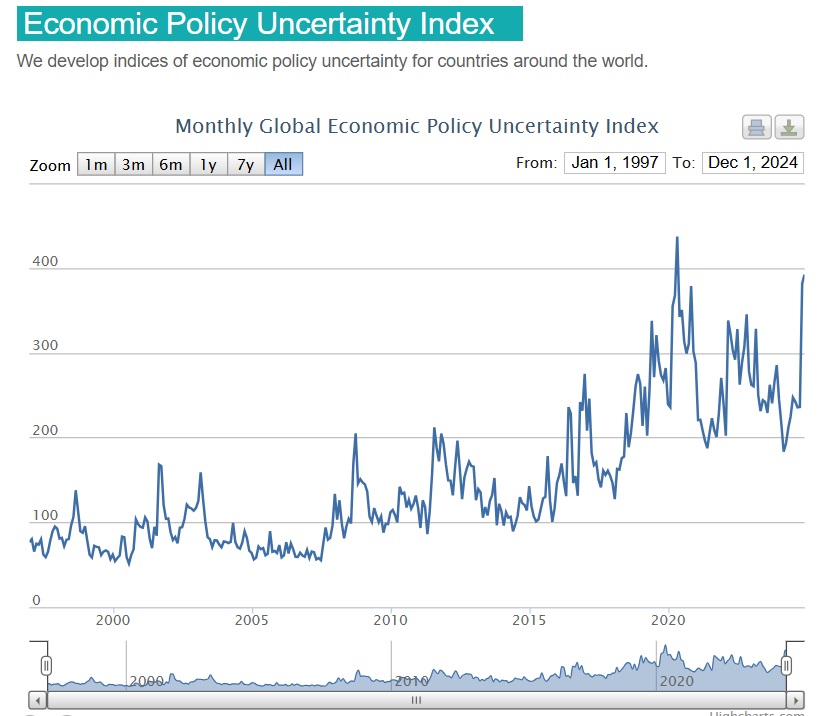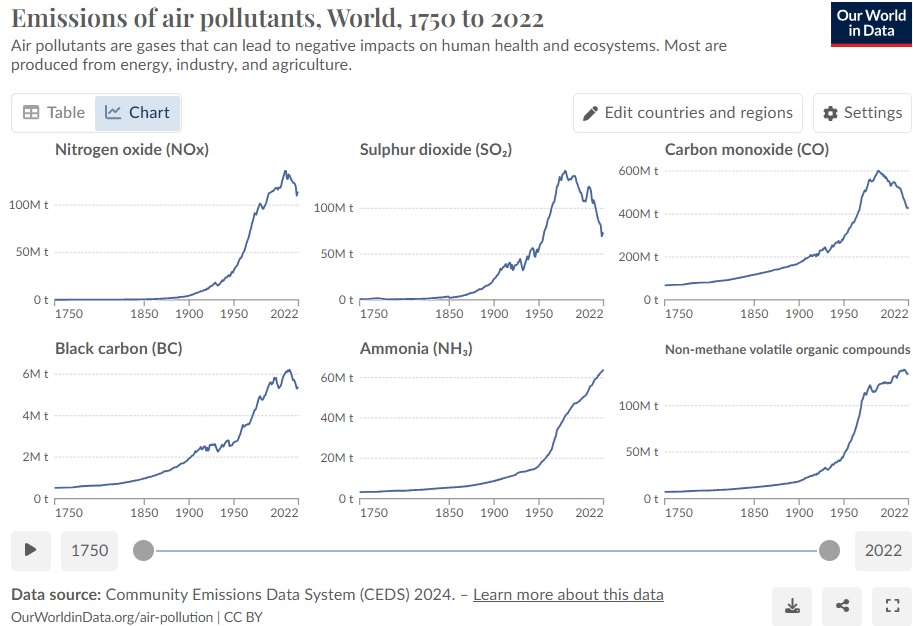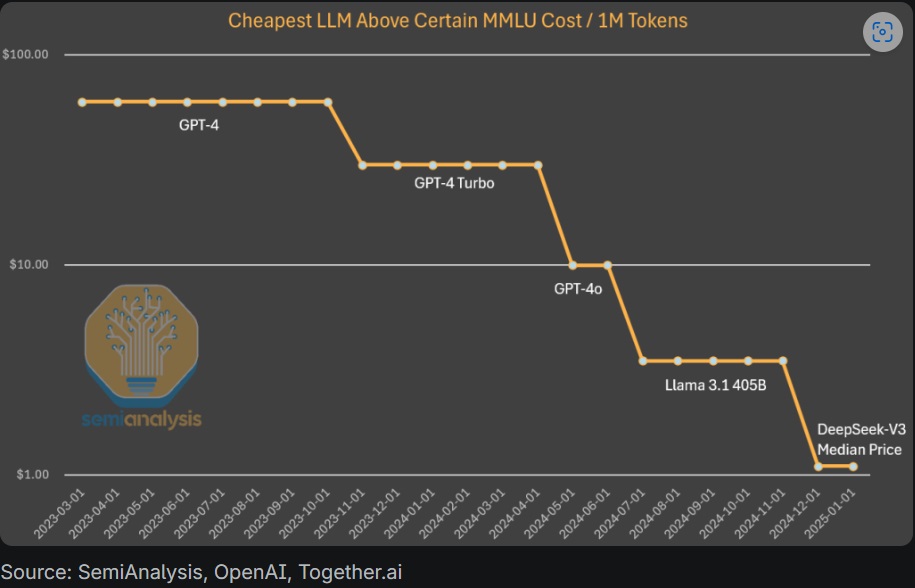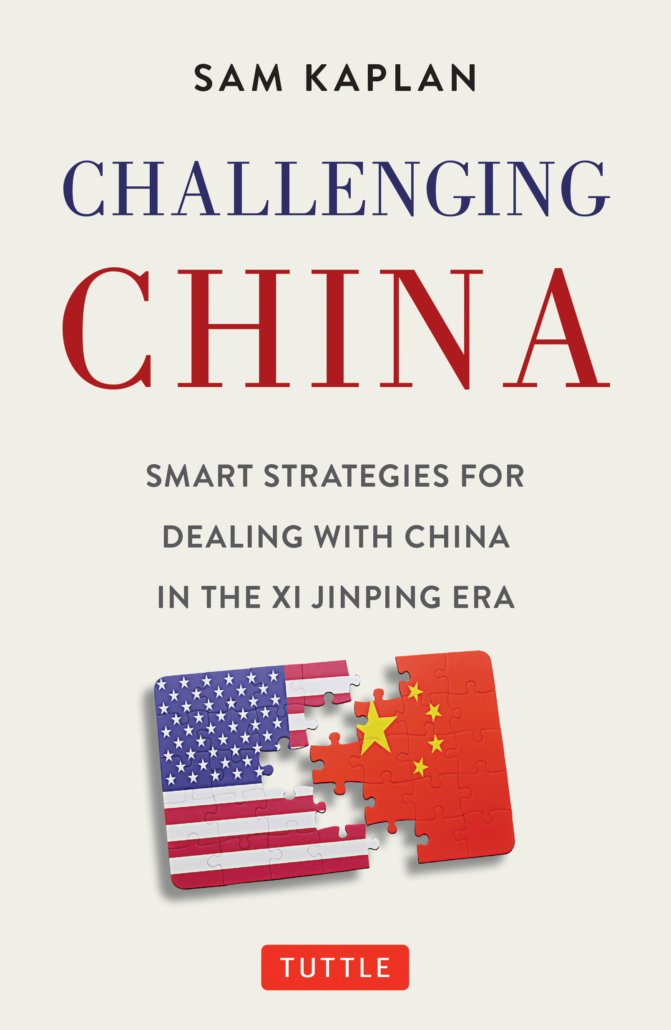Amid a busy weekend and an even busier upcoming week, we made time to see The Brutalist last Sunday. Given its 3 hours plus running time, including intermission, it was a large time commitment. It was more than worth it. The Brutalist is an ambitious film in the best ways and it is perhaps the greatest film we’ve seen this decade. There is so much evident intellectual thought behind every facet of the film, up to and including the opening and closing credits. Yet this intellectual depth generates emotional resonance, not just a thought-provoking response. The opening scene is remarkable, visually setting the stage for everything that follows (we’ll avoid spoilers).
But we’ve been a bit startled by analyses of the film. We feel many are missing its most important theme, underlying the story, somewhat hidden until late in the film but girding the whole structure, like the steel in one of Laszlo Toth’s buildings, the fictional architect depicted in the film by Adrien Brody. Yes, The Brutalist is about the Holocaust and its effects. It’s about the immigrant experience. It’s about power dynamics. But most of all, it’s about family, and its importance to helping the characters grapple with the challenges posed by the other themes. It is at heart a wrenching love story—that is what truly emerges from the film. The resolution of the other themes is ambiguous, leaving it to the viewer to interpret what actually happened—including the film’s commentary on America, which is certainly criticized and even rejected by some characters.
But in the end, in the epilogue, if you observe closely, it is not so obvious that Laszlo in the end does reject America. The Brutalist is challenging, and like any ambitious film, it is not without flaws–it treads worn out anti-capitalist tropes and on occasion is heavy handed…perhaps like the concrete of Brutalist architecture. But challenge yourself and go see it, in a theater. And we challenge you about uncertainty, possible peak pollution and deep thinking about DeepThink. It’s this week’s International Need to Know, never trading Luka Doncic for inadequate international information and data.
Without further ado, here’s what you need to know.
Are You Certain?
Life is built on uncertainty. What seems guaranteed today can disappear tomorrow, or even this afternoon. Sure, there are constants in this world—it rotates at a set speed, orbits around the sun, changes its tilt to the seasons. But so much else is at the whims of fate and overlapping circumstances. Believe it or not, researchers attempt to measure uncertainty. In fact, there is a Monthly Global Economic Policy Uncertainty Index, run by three professors–one from Stanford, one from Northwestern and one from the University of Chicago. As you can see below, as of November, the uncertainty index has reached levels not seen since the Covid-19 pandemic. The research team constructs the index by analyzing newspaper coverage of policy-related economic uncertainty, assessing temporary federal tax code provisions scheduled to expire over the next 10 years, and reviewing the Federal Reserve Bank of Philadelphia’s Survey of Professional Forecasters. This survey includes predictions on inflation, federal expenditures, and other economic indicators. Keep in mind the chart below only goes through November, including the aftermath of the U.S. presidential election. We are curious to see the January numbers when they are released. We live in uncertain times, which can be exciting and frightening all at once.
Peak Air Pollution?
There are many things to be worried about in the world, and about certain things we are in the are-you-scared, not-nearly-scared-enough camp. But progress in a bunch of areas continues to occur. For example, Hannah Ritchie at Our World in Data writes, “Global emissions of local air pollutants have probably passed their peak.” In the charts you can see below, Ritchie shows that emissions of nitrogen oxide, sulphur dioxide, carbon monoxide and black carbon have peaked and are now declining. The only pollutant that has not peaked is ammonia, which due to its use in agriculture, is still rising. This reduction in air pollution benefits both the environment and human health. Air pollution causes a multitude of diseases and even makes us dumber (and we’re already too stupid in case you haven’t noticed). Now that these emissions have peaked and are declining, the next goal–an achievable one–is to reduce them even further. Even in a dark world, there is plenty of light.
China Corner: Thinking Through DeepThink
We have read and listened to numerous takes, analyses, and probes of DeepThink, the Chinese generative AI platform. The best analyses effectively explain what High-Flyer, the Chinese hedge fund behind DeepThink, accomplished—the technological advancements—how they did it, and the actual costs involved. Semianalysis has a long but insightful article that distills many of the threads we’ve encountered elsewhere on DeepThink. It’s well worth your time, even if you have to wade through some technical jargon. High-Flyer spent at least half a billion on its efforts, probably much more, though less than other companies have. They did achieve technological advancements. They also employ an innovative hiring and personnel policy. Two major questions arise from DeepThink’s achievement. First, is whether generative AI becomes a commodity. That is, is it something that everyone can replicate and becomes available to the masses at a low cost. The second is whether High-Flyer’s business model mirrors the last thirty years of Chinese business strategies—copying and stealing technology while also innovating, but most importantly, undercutting competitors with deep discounts to gain market share. This strategy has allowed Chinese industry to dominate markets ranging from batteries to solar energy to recently electric vehicles. Is that what the current game is with AI? And can the AI market really be played like that? Beyond these DeepThink-related questions lies a larger one: will generative AI peak and if so when? Will advancements continue, or is the industry approaching a plateau? Will AI agents become a reality, or is that beyond reach of this technology? Is a new paradigm needed to achieve AGI and SGI? I doubt DeepThink, or other AI platforms can answer these questions, at least not yet.




